General Motors' Branding Fiasco Part Five – Buick, Fading Fast

Buick was the special child in the GM family: the beautiful and temperamental second-oldest daughter that somehow always got the most attention from Daddy. Sure, oldest daughter Caddy got to wear the family jewels and formal gowns, but Buick was lavished with style. Whether it was Harley Earl or Bill Mitchell, GM’s top stylists always blessed Buick with their best efforts. For decades, Buick was maintained in the style to which she had become accustomed, and remained America’s fashion-conscious upscale buyers’ wheels of choice. And then, not.
Scotsman David Dunbar Buick founded his eponymous automobile company in 1903. The following year, the inventor of the overhead valve engine sold the struggling concern to James Whiting, an ambitious wagon builder. Whiting turned to William Durant to help jump start Buick.
With an excellent product to sell (the Model C), Durant’s energy, affability and marketing genius ensured Buick’s ascension to profit and glory. Durant used Buick’s revenues to acquire dozens of other automakers and form General Motors.
Right from the get-go, Buick was GM’s anchor brand. Durant capitalized on the company’s engineering excellence and reputation to expand sales around the globe. In 1926, Buick sold a then-staggering 260k cars.
The Great Depression hit the brakes but good; annual Buick sales plummeted below 40k. GM President and future CEO Alfred Sloan used the downturn to rationalize GM’s brand portfolio. He slotted the consummate “doctor’s car” between affordable Oldsmobile and unapproachable Cadillac.
Priced at around $40k to $65k in today’s dollars, pre-war Buicks were the Lexi of their time: refined, smooth, powerful, elegant and built to last. They were the consummate “doctor’s car.”
By the late thirties, GM’s inter-brand demarcations had begun their inexorable erosion. Buick’s product line overlapped a significant portion of Olds’ and Pontiac’s price range. As internal competition intensified, Buick cultivated two selling points to stay ahead: performance and style.
Throughout the ‘30’s and into the ‘40’s, Buick espoused its General Manager’s “more speed for less money” maxim. In 1936, Buick had a brand-new 320-cid 120hp straight-eight, designed for the large and heavy Series 80/90. When the company shoehorned the big eight into the smaller and lighter Series 40, it was dubbed Century, for its readily attained top speed. Thus the first factory production “hot-rod” was born.
When Harley Earl joined GM in 1927, he created the Arts and Color Section: the car world’s prototype styling studio. Earl used the Buick brand to showcase his most significant creative output.
Earl’s Buick Y-Job of 1938 was the world’s first dream-car. Unlike the European salon specials sold to exclusive buyers, the Y-Job’s was created to build excitement for future GM products, and showcase their styling direction. The Y-Job succeeded brilliantly; it solidified GM’s global styling leadership. And Buick’s.
The 1951 Buick LeSabre and XP-300 dream cars initiated the GM Motorama era, a grand traveling carnival of GM-think. Until 1961, Motoramas showed Americans a tempting glimpse of the (ever better) good life to come, from cars to kitchen appliances. And GMAC would finance the dream.
The consumer era was now in high gear, and Buick style led the way.
Buick enjoyed its greatest market-share success in the mid-fifties. From 1954 through 1956, Buick was America’s third most popular automotive brand. During those heady days, models like the Century, Super, Roadmaster and Special defined affordable American automotive luxury, class and power.
In ’57, Plymouth’s radical models pushed Buick back to number four. But it was Buick’s horrendously overwrought ’58 models that really hurt. Renaming 1959’s Buick entire line-up (LeSabre, Invicta and Electra) didn’t help. By 1960, Buick’s market position had tumbled to ninth.
Buick desperately needed a new make-up artist, and found it in Bill Mitchell. The 1963 Riviera coupe was Mitchell’s tour-de-force: one of the most beautiful American cars of the post-war era. It had the class, cachet and authenticity of a Mercedes CL or Bentley Continental. The Riviera’s halo effect worked; by 1965, Buick was back to fifth place.
Fast forward a decade, and Buick’s hot new coupe is the execrable Skyhawk, a clone of Chevy’s Vega-based Monza. Alternatively, Buick intenders could contemplate the Skylark, a padded landau-roofed version of Chevy’s Nova.
The preceding and ensuing string of badge-engineered disasters were unleashed at the exact moment when Buick needed to strengthen its roots– style, performance and quality. Up-scale import competition from Mercedes, BMW, Audi and later, Lexus, stole traditional Buick customers by the tens of thousands.
Buick’s subsequent decline is too painful to describe in detail, especially during the mid to late eighties. After that, it was either too little too late, or another kick in the groin, like the Rendezvous.
No wonder Buick packed her bags and slipped away to China, where she’s once again adored and idolized. All she left behind moldering in American showrooms are ghosts, pale shadows of her former stylish self. And plenty of beautiful memories.

More by Paul Niedermeyer
Latest Car Reviews
Read moreLatest Product Reviews
Read moreRecent Comments
- Jkross22 I get Lexus much more now, especially this era. This seems to be the sweet spot for reserved styling, comfort and reliability. No turbos, integrated screen, hard buttons and knobs, good to great stereos, great seats. Still have some pangs of desire for the GS-F for all of the above reasons and V8 sounds, but this is the smarter choice.
- Canam23 I had a 2014 GS350 that I bought with 30K miles and the certified unlimited four year warranty. After four and a half years I had 150K miles on it and sold it to Carmax when I moved to France a little over two years ago. As you can see I ran up a lot of work miles in that time and the Lexus was always quick, comfortable and solid, no issues at all. It was driving pretty much the same as new when I let it go and, and, this is why it's a Lexus, the interior still looked new. I bought it for 30K and sold it for 16K making it the most economical car I've ever owned. I really miss it, if you have to drive a lot, as I did in my job, it is the perfect car. Some may argue the Camry or Accord would foot that bill, but I say nay nay, you really want the comfort and rear wheel drive of the Lexus. Keep it forever Corey, you won't regret it.
- SCE to AUX "...if there’s enough demand"If they are only offered as electric to begin with, how will Stellantis gauge demand - unhappy customers demonstrating at the dealers with torches and pitchforks?What a great way to add cost and reduce competitiveness, by making a propulsion-agnostic platform with a hundred built-in compromises.
- FreedMike Awfully nice car.
- Cprescott So is this going to lie and tell you that they have quality products at affordable costs that won't get recalled?



















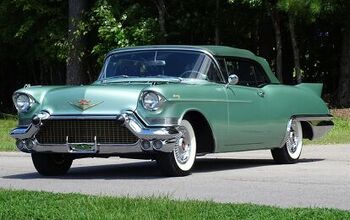
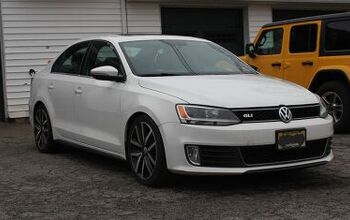


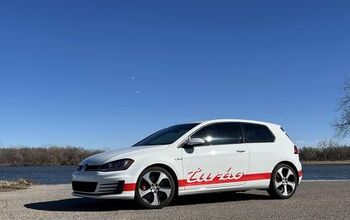

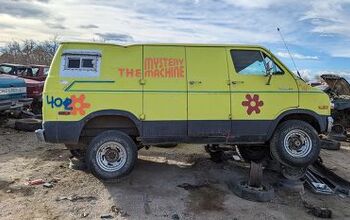

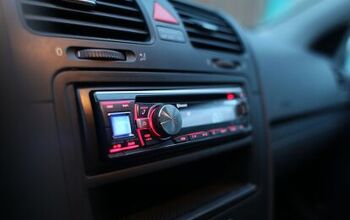
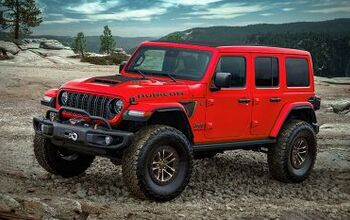



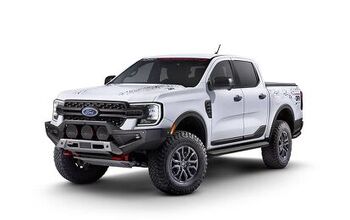

Comments
Join the conversation
Hasn't Acura become the new Buick? Acura fits perfectly between Honda/Toyota and BMW/Lexus with high quality that are an excellent value for the money.
Acura the new Buick? Sounds right, looking at the local doctor's parking lot. In the early 1990's, the Skylark came out with an odd pointy-nosed beak, trying to be bold and attract younger customers. It was just another speed bump on the way to, uh, China: http://upload.wikimedia.org/wikipedia/commons/thumb/f/fb/1992-93_Skylark.jpg/800px-1992-93_Skylark.jpg